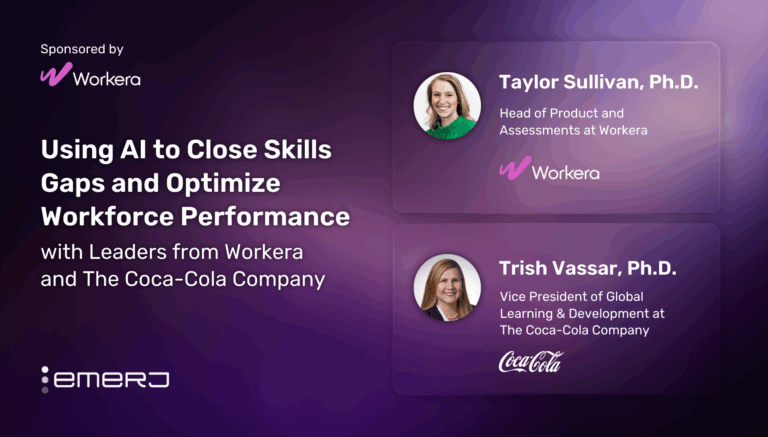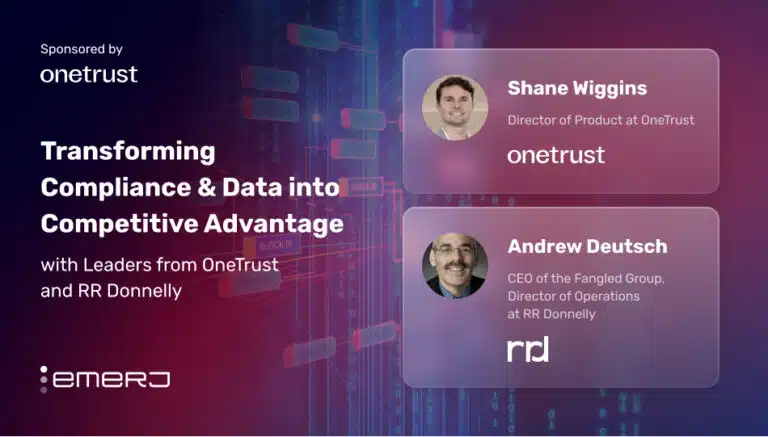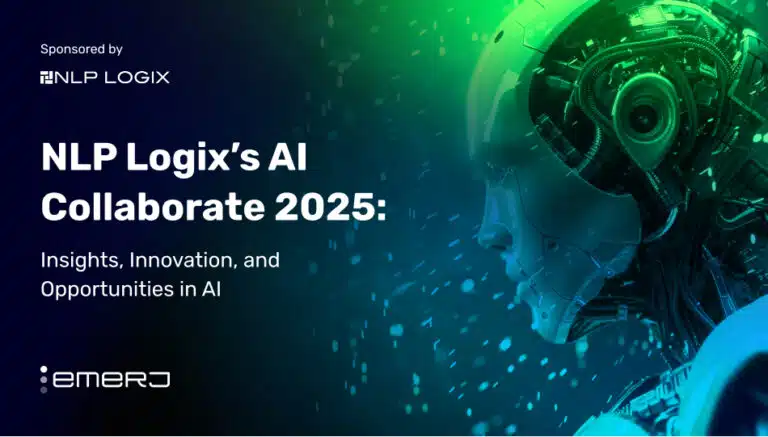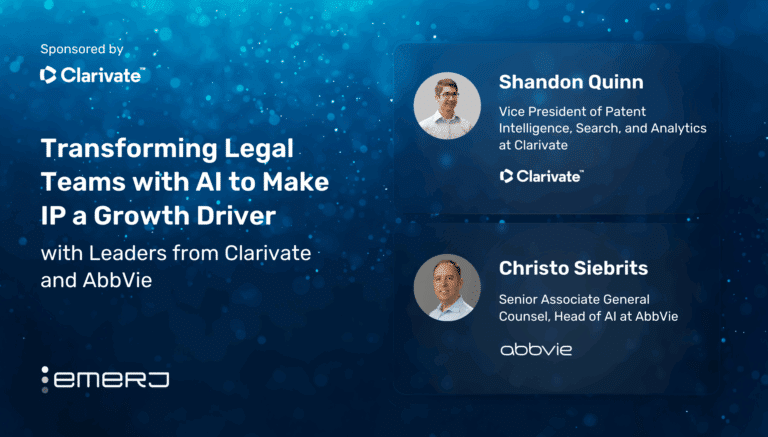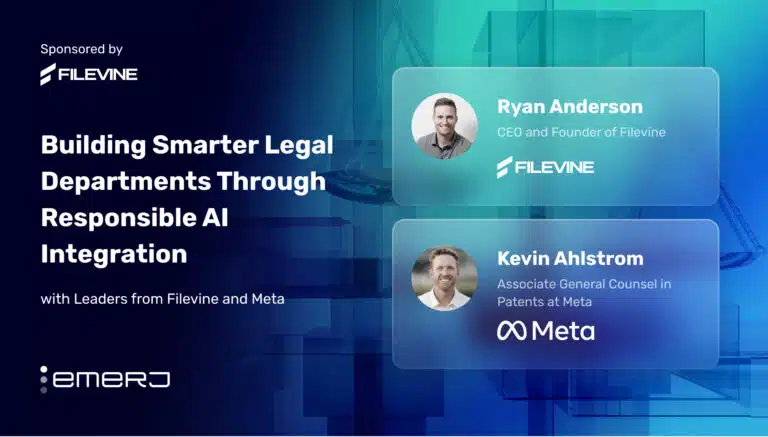When most professionals think about “AI consulting” they tend to think about technical machine learning services, like: Building our data infrastructure, crafting and testing new algorithms, interesting AI systems into existing IT infrastructure.
However, as AI proliferates industry - and leaders realize just how much of AI adoption relies on non-technical skills - more and more AI services firms are involved in strategy and management consulting (no code involved). As AI fluency grows in the C-suite, there will only be more and more demand for non-technical, strategic AI leadership skills (we...
[mrj_paywall] unauthorized access




